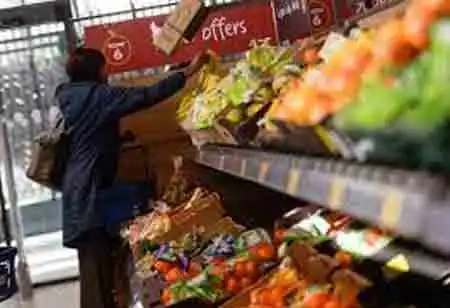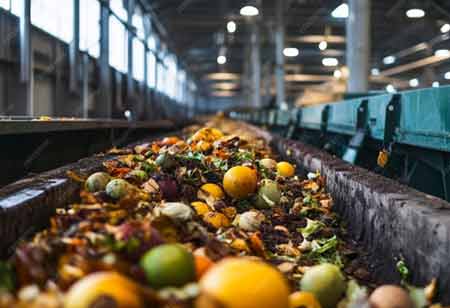THANK YOU FOR SUBSCRIBING
Be first to read the latest tech news, Industry Leader's Insights, and CIO interviews of medium and large enterprises exclusively from Food and Beverage Tech Review
Food Traceability: Here's How Sensor Technology is Helping the Food Sector
In the coming years, gas-sensitive sensors may replace standard expiration dates, resulting in considerable reductions in consumer food waste.

By
Food and Beverages Tech Review | Monday, July 05, 2021
Stay ahead of the industry with exclusive feature stories on the top companies, expert insights and the latest news delivered straight to your inbox. Subscribe today.
In the coming years, gas-sensitive sensors may replace standard expiration dates, resulting in considerable reductions in consumer food waste.
FREMONT, CA: From farm to table, the COVID-19 pandemic had an impact on the worldwide food system. It harmed one of the world's most vital sectors, causing issues that are still affecting the industry today. Before the outbreak, people assumed that they would be safe. They now want openness in the food supply chain and confirmation that their food is safe. They especially want to know that the workers who process their food are safe. Consumers continue to value food waste, sustainability, convenience, and clear labeling.As the new age of food traceability begins, technology will be a major driver of potential. Here is how sensor technology may influence the food business in the future.
Sensors can help at practically every stage of the supply chain. Drones equipped with RGB and multi-spectral cameras can be used to check crop health. Farmers are using sensors for anything from weather monitoring to crop anomaly detection. Ranchers utilize smart collars to track their herds, monitor their temperatures, and gain insight into their nutrition and health. Fishing fleets have also used LiDAR (Light Detection and Ranging) data to detect oil pollution that could impair catches.
Smart sensors can detect humidity, temperature, and light exposure during shipment by the partial or full load. Sensors can even detect vibration on a pallet or in a carton.In the coming years, gas-sensitive sensors may replace standard expiration dates, resulting in considerable reductions in consumer food waste.
Finally, the use of IoT-enabled sensors can substantially impact the quality of cold chain management. IoT devices automatically monitor and log temperatures at intervals as short as 15 minutes, rather than depending on analog data scribbled on a clipboard by several different workers across sites–if they remember to take temperature measurements. Readings can be accessed from any location and provide a comprehensive picture of the product's journey rather than just a few places along the way.
The new FDA initiative is based on the Food Safety Modernization Act, which was passed earlier this year. This act offers several recommendations for better product tracking and record-keeping requirements for nearly every step of the food processing process. Sensors can be employed in these situations to keep a close eye on transportation procedures, temperature conditions, and other crucial data.
I agree We use cookies on this website to enhance your user experience. By clicking any link on this page you are giving your consent for us to set cookies. More info







